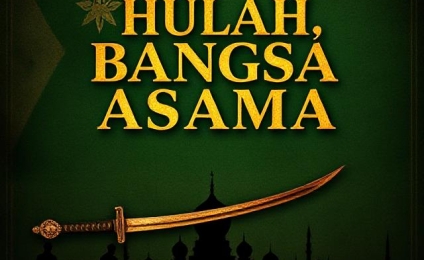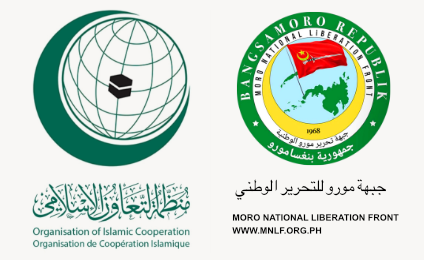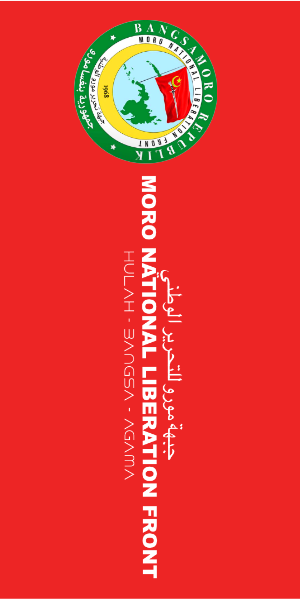A Symbolic Reunion: The 2022 Meeting
On September 11, 2022, history was made when Nur Misuari and Ahod “Al Haj Murad” Ebrahim, chair of the MILF and Chief Minister of the Bangsamoro Autonomous Region in Muslim Mindanao (BARMM), met in Davao City. This encounter marked the first time in over two decades that the leaders of both fronts sat down together, signaling a new era of unity and solidarity among the Bangsamoro leadership3.
The meeting was imbued with symbolism and emotion. Misuari, now 83, described it as “a great day for the Bangsamoro homeland,” while Ebrahim emphasized its significance as a “symbol of unity and solidarity.” Both leaders expressed hope that this renewed partnership would guide the Bangsamoro people “towards the end, through our unity and solidarity, a solid unity and solidarity that will guide our destiny as a nation”3.
This historic event was further highlighted by the upcoming inaugural session of the Bangsamoro Transition Authority (BTA), a body tasked with overseeing the transition to a fully autonomous Bangsamoro government. The BTA, led by Ebrahim, included representatives from both the MILF and MNLF, as well as children of revolutionary leaders, reflecting a generational continuity in the struggle for self-determination3.
Implications for the Bangsamoro Future
The reunion of Misuari and Ebrahim was widely hailed as long overdue and essential for the realization of lasting peace and development in Mindanao. Civil society leaders and government officials alike expressed optimism that this unity would translate into concrete actions and policies to improve the lives of the Bangsamoro people3.
As MNLF and MILF leaders converge under the inclusive platform of the BTA, there is renewed hope that the decades-long conflict—which has claimed an estimated 150,000 lives—will finally give way to genuine peace, social cohesion, and inclusive development in the Bangsamoro homeland.
Cotabato City, Philippines – Early 2000s
For over three decades, the Moro National Liberation Front (MNLF) has faced repeated internal challenges aimed at removing its founding chairman, Prof. Nur Misuari. These attempts—often marked by political maneuvering, military factionalism, and even violent confrontations—have threatened the unity of the Bangsamoro struggle for self-determination.
Early Challenges to Misuari’s Leadership
Since the MNLF’s establishment in 1968, Misuari’s leadership has been contested by key figures within the movement. The first significant challenge occurred in the early 1970s when a group of field commanders convened in Indanan, Sulu, and declared Dr. Salih Loong—a physician based in Saudi Arabia—as the new chairman. The move was swiftly opposed by Commander Alvarez Isnaji, then vice chairman for military affairs, who threatened violence if Misuari was removed. The assembly disbanded without further action.
The Committee of 9 and the Push for Collective Leadership
In the late 1970s, a faction known as the Committee of 9, composed of senior military officers including former BAF (Bangsamoro Armed Forces) chief-of-staff Dambong Sali, sought to establish a Standing Committee—a Politburo-like body—to dilute Misuari’s authority. Their proposal was rejected by the Central Committee, leading to their mass resignation in 1978 during a meeting in Tripoli, Libya.
The Rise of the MILF and the Hashim-Pundato Splits
The most consequential split came in 1977, when Vice Chairman Ustaz Salamat Hashim declared himself MNLF chairman via an Instrument of Takeover, signed by 57 officers. When this failed to gain broad support, Hashim and his followers formed the Moro Islamic Liberation Front (MILF) in 1984.
Another major challenge came from Commander Dimas Pundato, who, after being promoted to vice chairman, led a faction that declared Misuari’s ouster in 1982. Pundato later formed the Reformist Group before surrendering to the Philippine government in 1988.
The 1990s: Failed Coups and External Pressures
Following the collapse of peace talks with the Corazon Aquino administration, another coup attempt emerged in the late 1980s led by Melham Alam, then chief-of-staff of the BAF. Alam and his allies formed the Islamic Command Council (ICC) after their plot failed.
The Council of 15 (2001) and Continued Resistance
The most recent challenge came from the Council of 15, a group of senior MNLF officials who, in April 2001, declared Misuari’s removal and claimed authority over the Central Committee. However, their bid lacked legitimacy, as the majority of the Central Committee and grassroots supporters remained loyal to Misuari.
Why Misuari Endured
Despite numerous attempts to unseat him, Misuari retained control due to:
-
Strong Central Committee Backing – Most members rejected coup attempts.
-
International Recognition – The Organization of Islamic Cooperation (OIC) continued to recognize him as the legitimate Bangsamoro representative.
-
Grassroots Loyalty – Field commanders and rank-and-file mujahideen largely stood by him.
Conclusion
The MNLF’s history is marked by internal power struggles, yet Misuari’s leadership endured through shifting alliances, ideological splits, and external pressures. While factions like the MILF and Reformist Group broke away, the MNLF under Misuari remained a key player in the Bangsamoro struggle—until this day the torch keep burning and the next generations are waiting in line.
Source: Bureau of Public Information, Autonomous Region in Muslim Mindanao (ARMM), Cotabato City, Philippines.
Monday, 08 September 2025
Thursday, 26 June 2025
Tuesday, 17 June 2025



 – Awarded for his role in promoting peace and dialogue in the Southern Philippines, particularly in the Mindanao conflict1_small.png)
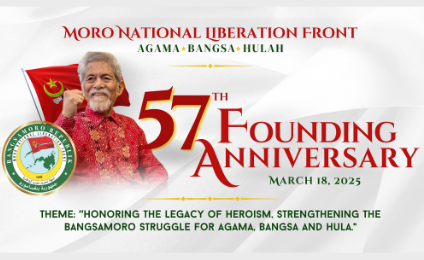
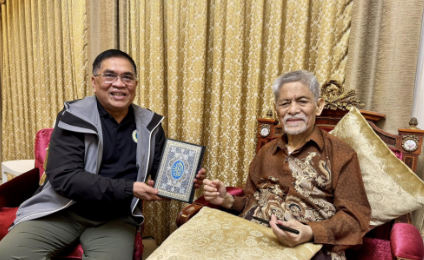
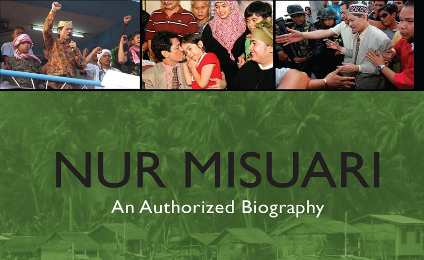
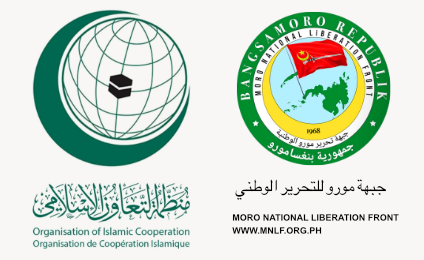
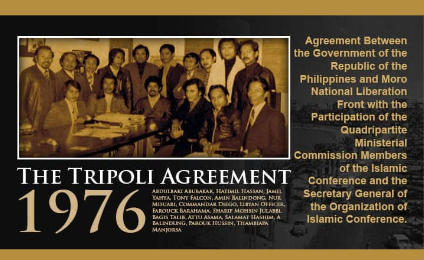
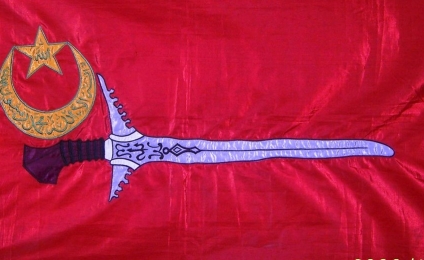
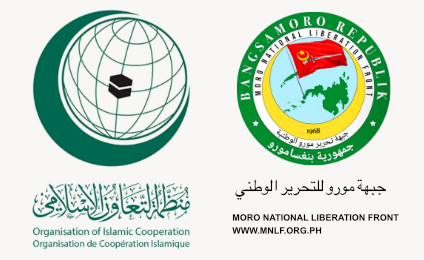
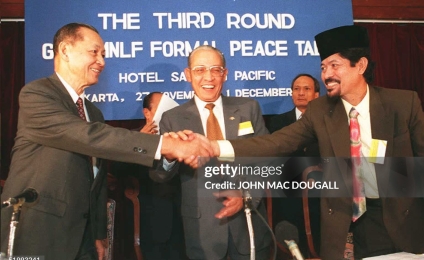
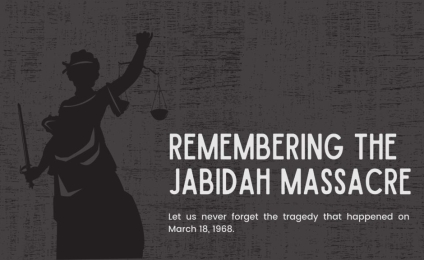


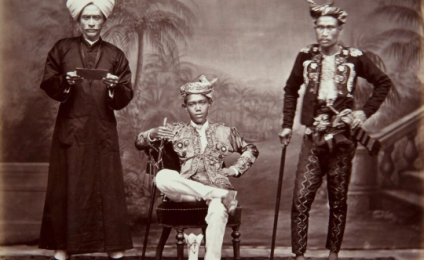
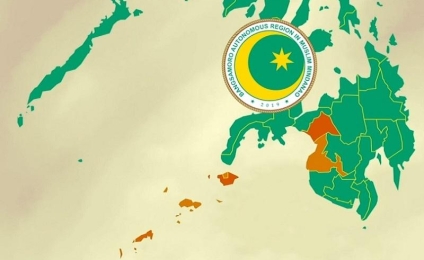
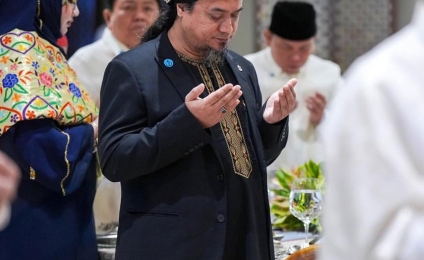
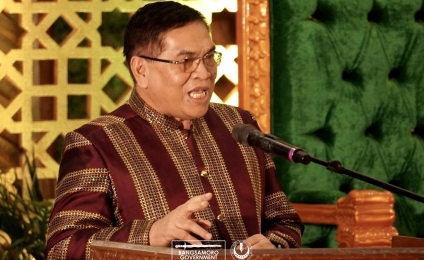
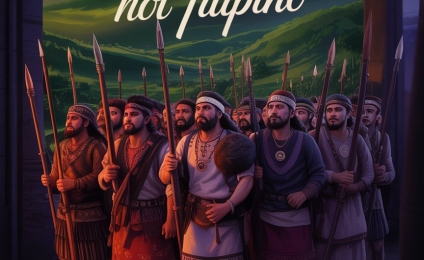
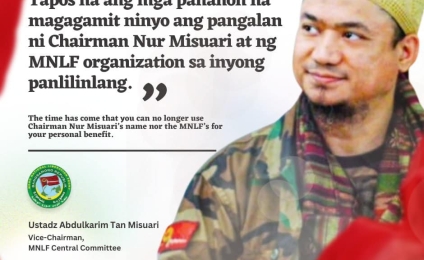
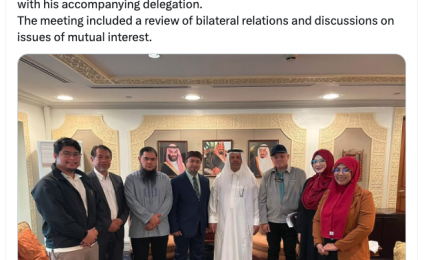


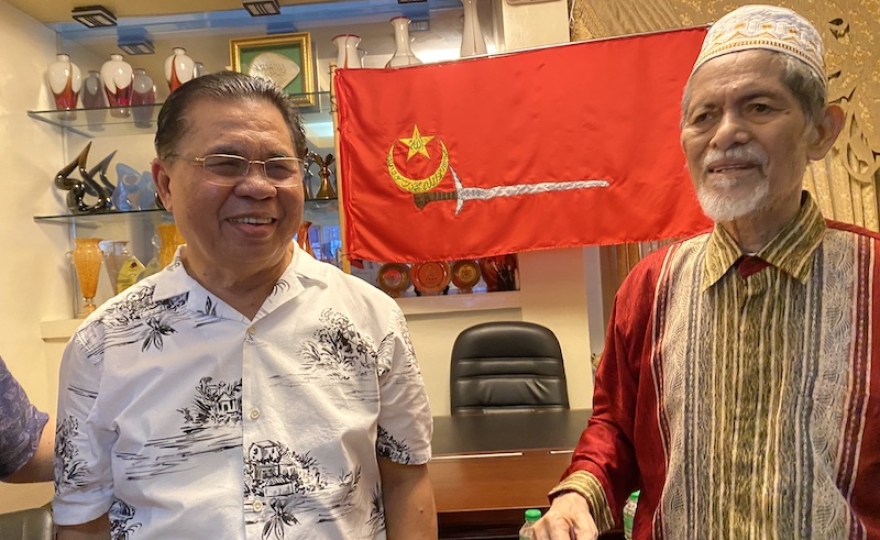
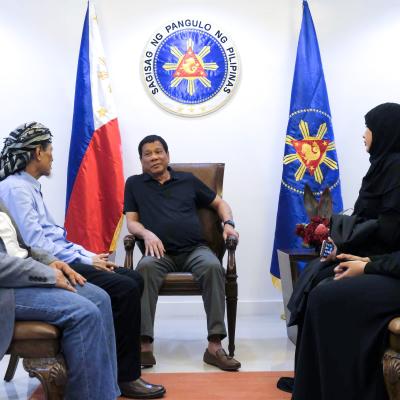
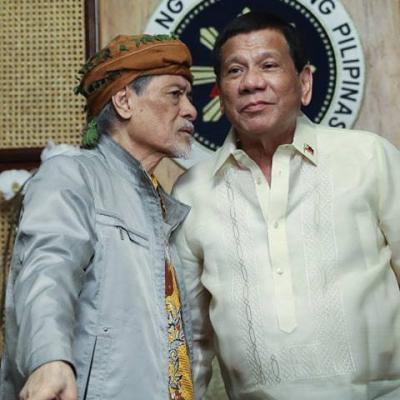
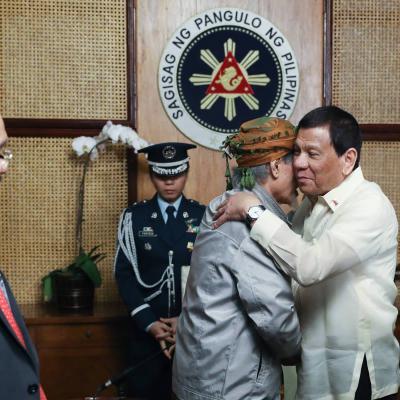
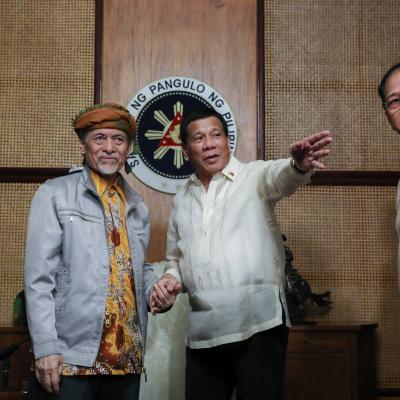
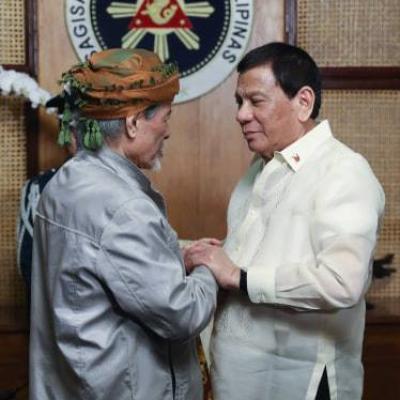
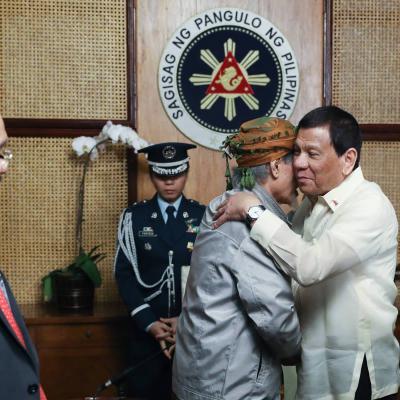
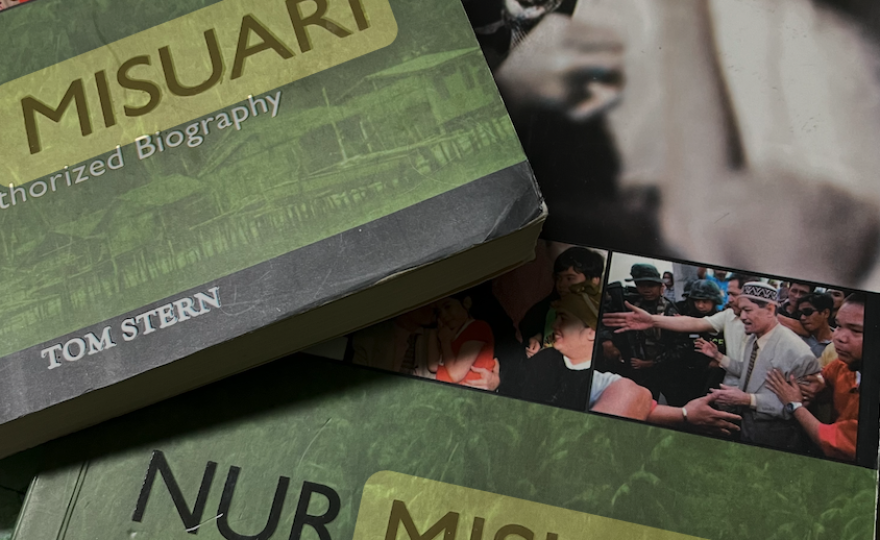


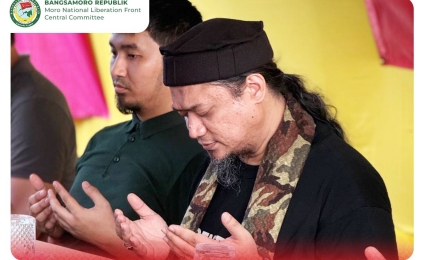


_small.jpg)
